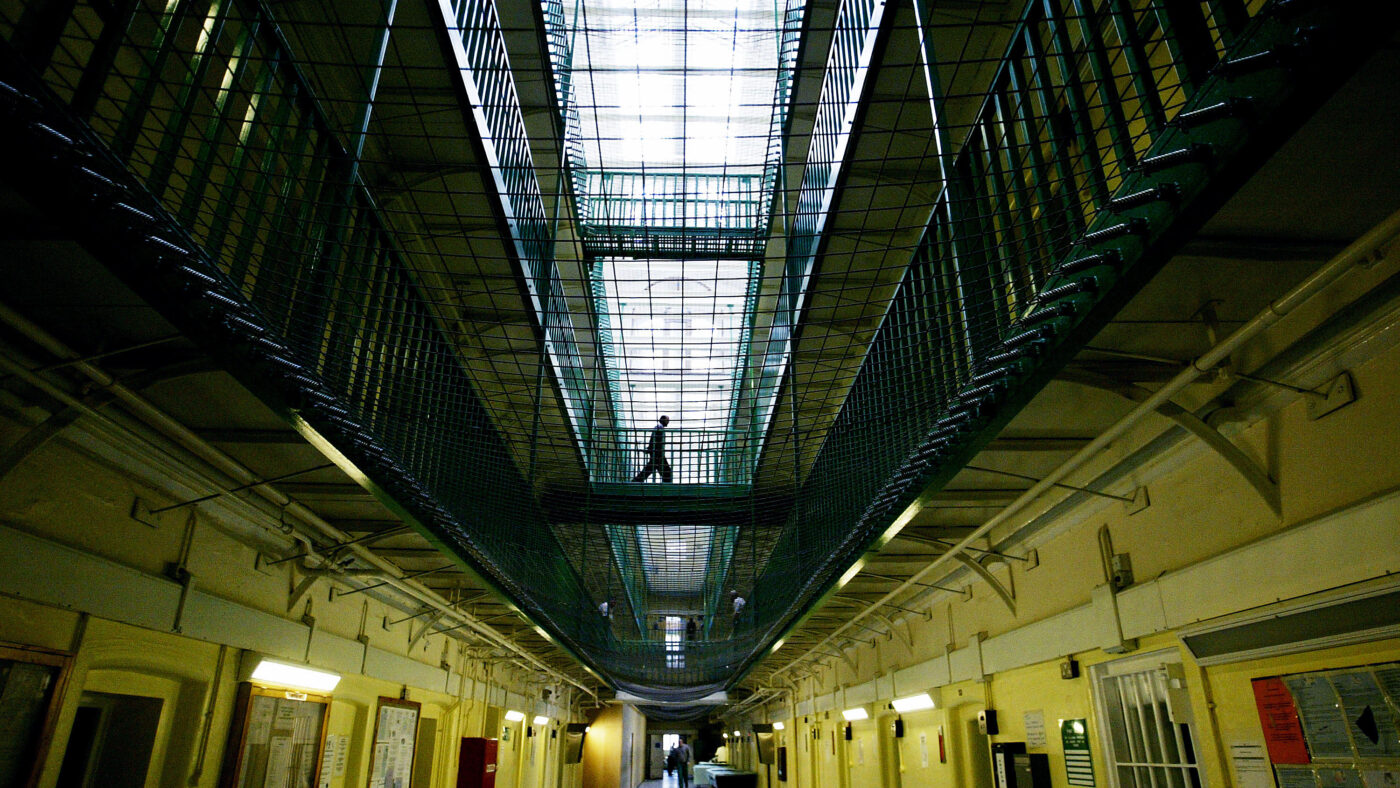Last week’s report on HMP Bedford by HM Inspector of Prisons made grim reading, even for those of us who have experienced the system from the inside. The report describes a total failure of basic hygiene: half the prisoners did not receive toiletries on their first night, and 70% weren’t able to shower. Many were locked in cells that stank of mould, with walls wet to the touch. The Segregation Unit is described as ‘a disgrace’; ‘problems with the drainage mean that on very wet days, raw sewage covered the floor’. The Chief Inspector of Prisons, Charlie Taylor, said ‘some of the accommodation in Bedford was the worst I have seen’.
Education services at Bedford are poorly attended, inadequate and do not offer accredited qualifications, meaning that men are released without any material improvement to their chances of finding work. Further, given that 30% of the men released from Bedford are homeless, the chances of them reoffending are much higher than they should be.
The prison isn’t safe at all: levels of violence are described as ‘very high’. HMP Bedford has the highest rate of assaults on staff of any prison (410 per 1,000 prisoners per year), and the fifth highest rate of assaults on prisoners (396 per 1,000 prisoners per year). In a violent, fearful environment like this, almost no productive, purposeful activity will take place, which means staff recruitment and retention becomes ever harder.
On paper the prison has a full complement of staff, but ‘many officers were not available for full duties and levels of long-term sickness were high’. This is a common problem across the prison system, with the average frontline officer absent due to sickness for 14.6 days a year.
Last week’s prison staffing statistics need to be understood in this context. Although the prison service has managed to increase frontline prison officer numbers by 3% between 2022 and 2023, the number of prisoners has risen by 7% in the same time period, driven by backlogs in the court system. This has only been amplified by the probation service recalling more offenders who have been released on licence.
The Prison Service isn’t even recruiting in the right places. The report describes ‘over-recruitment in the north of England’ meaning that ‘prisons in East Anglia and the south of England are reliant on officers being bussed down from the north to bolster numbers’. Staff who regularly work away from home, without the support of family and friends, are more likely to burn out and leave.
As a result of all these issues, despite the overall increase, 35% of prisons saw a fall in their average number of staff.
During my time as a prisoner at HMP Wandsworth, I saw the dangerous impact of understaffing: how it leads to rules being flouted, prisoners and staff being intimidated and subjected to violence, and prisons becoming unable to do any meaningful rehabilitative work. No wonder we’re seeing increased levels of assaults on prisoners and staff. As prisons become less safe, more staff leave, fewer want to work there, and the situation spirals.
Staffing is part of the solution; to be a frontline prison officer is a dangerous, stressful job, and one which doesn’t convey the status which other uniforms may. In this context the wave of departures from our prisons to Border Force make perfect sense. Better pay would help, and more staff would help even more. Just as armies realised in World War One that soldiers need to be rotated away from the frontline, prison officers need time away from the wings. Low staff numbers mean this is often impossible. But it’s not just about the number of prison officers. Prison Governors need to take responsibility for the culture in their prisons. As I witnessed at HMP Wandsworth, too often rules are inconsistently enforced or entirely ignored. Changing this requires that Governors to get out on the wings every day and insist upon clear, consistent order. Without this chaos will continue to spread across the prison estate.
Meanwhile the struggling courts and probation service are pushing our prisons close to capacity again. Magistrates’ courts have about 350,000 cases outstanding, while around 66,000 cases are outstanding in the Crown Courts. Both continue to receive more cases than they resolve, so outstanding cases are increasing by around 3% a quarter.
This backlog is part of the reason that the number of prisoners on remand is up 13% year-on-year. Probation services are recalling more offenders to prison, also up 13% year-on-year.
It’s important to recognise that only a quarter of these recalls are due to reoffending; the rest will be for other breaches of licence conditions, in some cases as little as missing three meetings.
These factors drive the prison population ever higher, straining staff, increasing violence and reoffending, putting further pressure on the courts and probation services. The justice system has long been under pressure. But it feels now as though it is on the verge of collapse.
Click here to subscribe to our daily briefing – the best pieces from CapX and across the web.
CapX depends on the generosity of its readers. If you value what we do, please consider making a donation.


